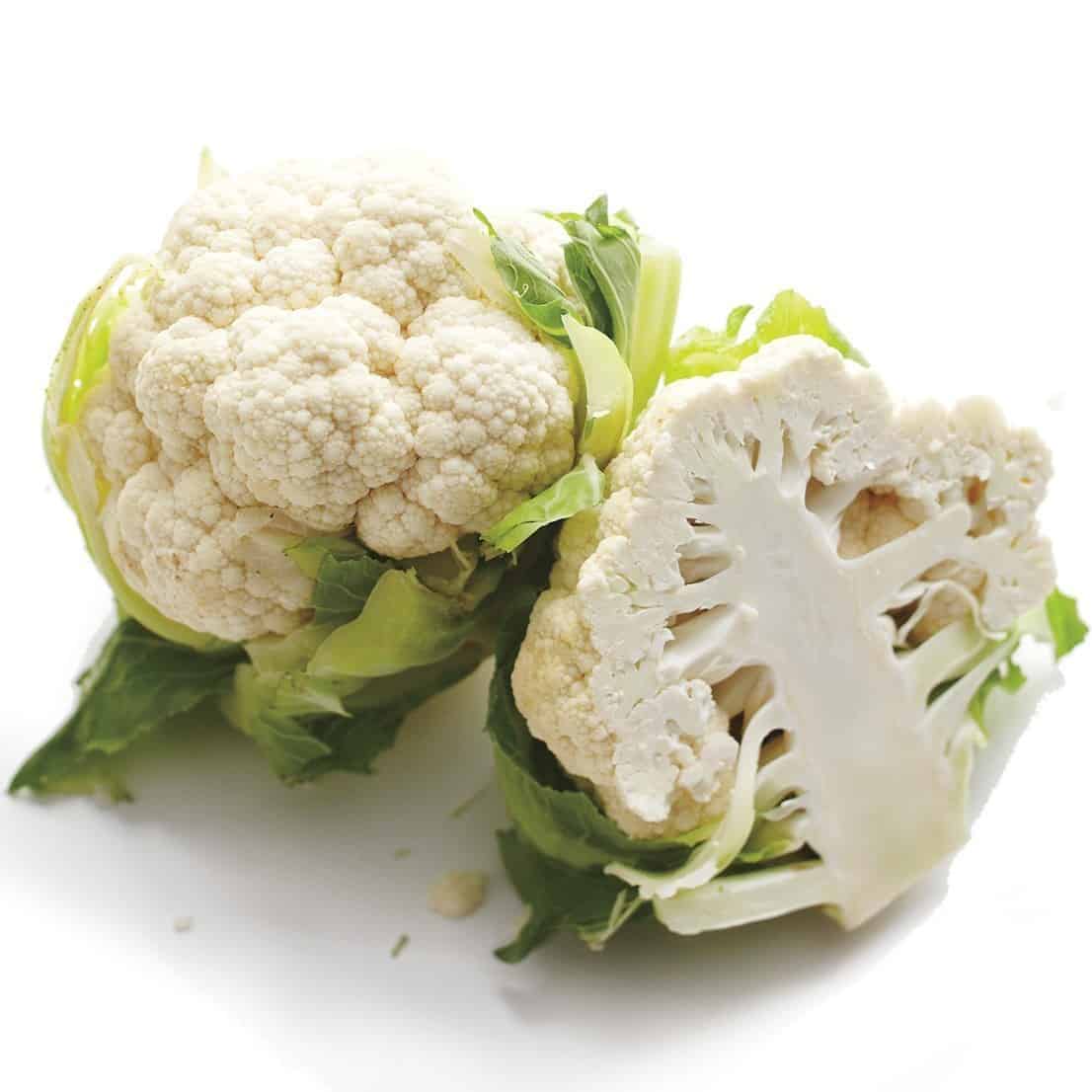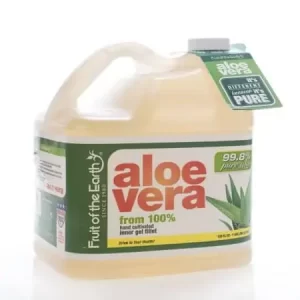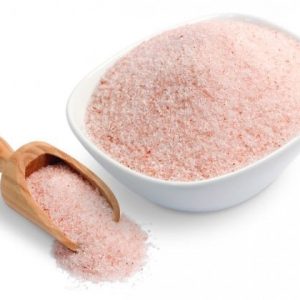Cauliflower in particular is believed to be so beneficial due to its special combination of phytochemicals called carotenoids, tocopherols, and ascorbic acid- all forms of antioxidants currently being extensively researched in order to understand more about how they keep the body healthy.
Due to recent search, Brassica crops like cauliflower are now highly correlated with preventing chronic diseases including cardiovascular diseases, diabetes, neurodegenerative disorders, and various forms of cancers, just to name a few.
A one-cup serving of cauliflower contains:
- 29 calories
- Close to zero grams of fat, sodium, or sugar
- 73% daily value (DV) of Vitamin C
- 19% DV of Vitamin K
- 15% DV of folate14%
- 13% DV of pantothenic acid
- 12% DV of Vitamin B6
- 11% DV of choline
- 11% DV of fiber
- 9% DV of Omega-3 fatty acids
auliflower first appeared in the Asia region many years ago as a variant on a type of cabbage plant that is no longer thought to be consumed. It first became popular as an edible crop in the Mediterranean region, therefore we see cauliflower used still today in many Italian, Spanish, Turkish, and French cuisines.
It’s thought that these populations have been cooking with cauliflower since around 600 B.C. Cauliflower became more popular around Europe and then in the United States during the mid-16th century. At this time it became a commonly harvested vegetable that made its way into many different dishes.
Today the vegetable is used in nearly every type of cuisine in the world: Chinese and Japanese dishes, Italian, French, Indian, American, and so on. Most people choose to only cook and consume the white “head” of cauliflower, since the tougher stem and leaves can cause digestive upset for some people and tend to be tougher in texture





